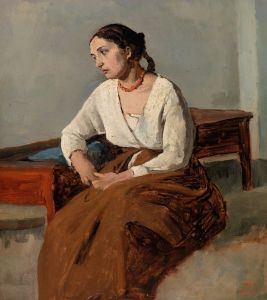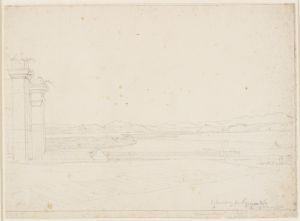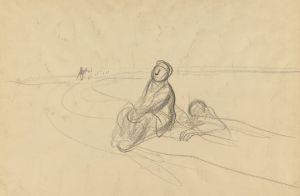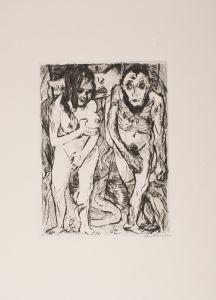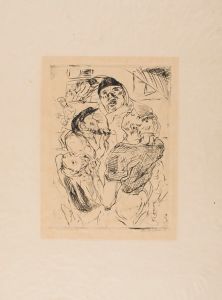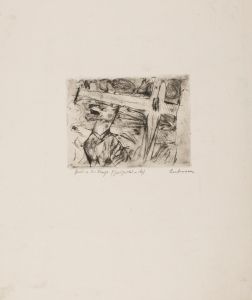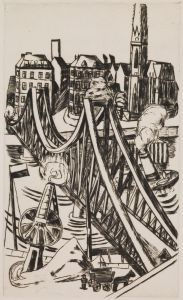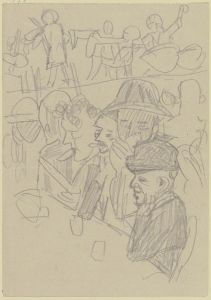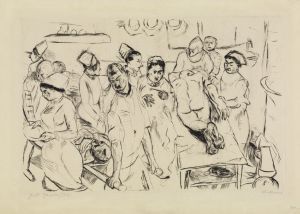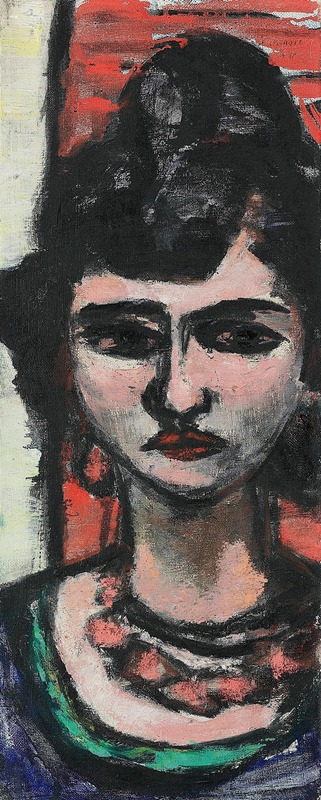
Italienerin
A hand-painted replica of Max Beckmann’s masterpiece Italienerin, meticulously crafted by professional artists to capture the true essence of the original. Each piece is created with museum-quality canvas and rare mineral pigments, carefully painted by experienced artists with delicate brushstrokes and rich, layered colors to perfectly recreate the texture of the original artwork. Unlike machine-printed reproductions, this hand-painted version brings the painting to life, infused with the artist’s emotions and skill in every stroke. Whether for personal collection or home decoration, it instantly elevates the artistic atmosphere of any space.
Max Beckmann's Italienerin (translated as Italian Woman) is a painting created by the German artist Max Beckmann, a prominent figure in the Expressionist movement. The work is believed to have been painted in 1921, during a period when Beckmann was transitioning from his earlier Expressionist style to a more personal and symbolic approach to art. This shift in his artistic direction is often associated with his experiences during and after World War I, which deeply influenced his worldview and creative output.
The painting depicts a female figure, identified as an Italian woman, rendered in Beckmann's characteristic bold and angular style. The subject is portrayed with a striking presence, emphasizing her individuality and emotional depth. Beckmann's use of strong lines, muted yet rich colors, and a compressed spatial composition are hallmarks of his mature style, which sought to convey psychological intensity and complex human emotions.
During this period, Beckmann was exploring themes of identity, alienation, and the human condition, often through portraiture and figurative works. Italienerin reflects these concerns, as the figure appears introspective and enigmatic, inviting viewers to contemplate her story and the broader context of her existence. The painting is also notable for its subtle interplay of realism and abstraction, a technique Beckmann employed to heighten the expressive power of his works.
Max Beckmann's art was shaped by the tumultuous social and political climate of early 20th-century Europe. After serving as a medical orderly during World War I, he experienced a psychological breakdown, which profoundly influenced his artistic vision. His works from the post-war years often grapple with themes of trauma, resilience, and the search for meaning in a fractured world. Italienerin can be seen as part of this broader narrative, reflecting Beckmann's efforts to capture the complexities of human experience.
The painting is housed in the Städel Museum in Frankfurt, Germany, which holds a significant collection of Beckmann's works. The museum has played a key role in preserving and showcasing the artist's legacy, offering insights into his contributions to modern art. Italienerin remains an important example of Beckmann's ability to merge personal expression with universal themes, solidifying his reputation as one of the most influential artists of his time.
This concise overview is based on available historical records and established scholarship on Max Beckmann and his work.







